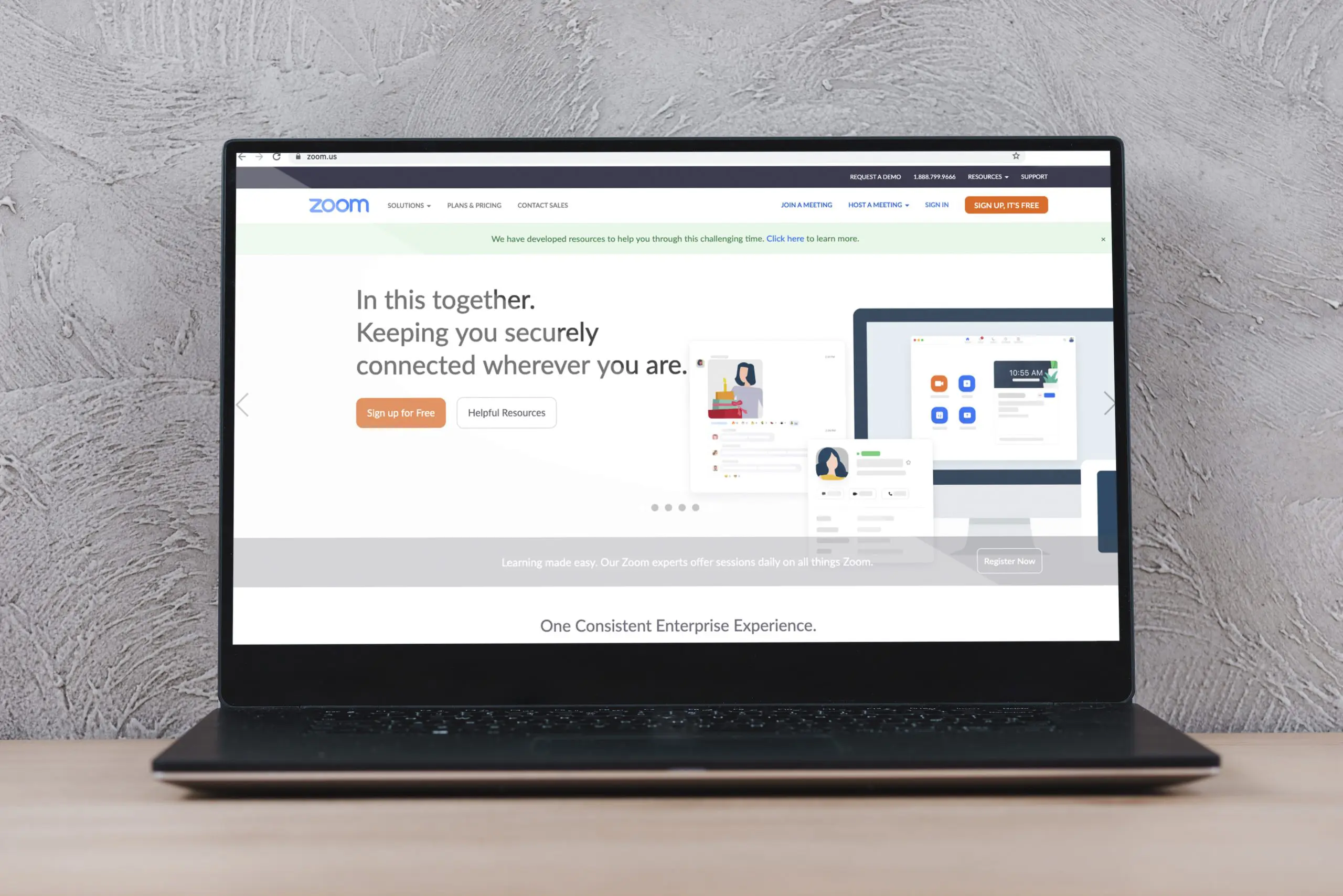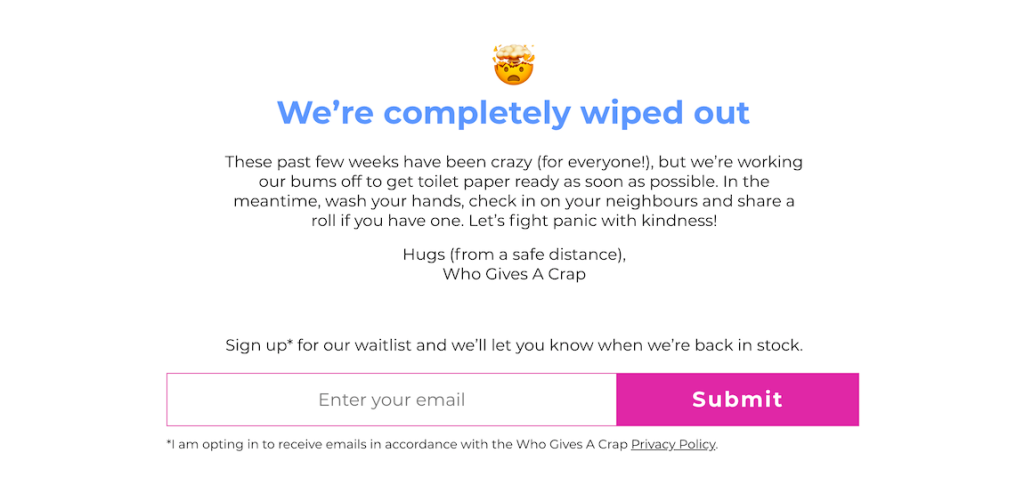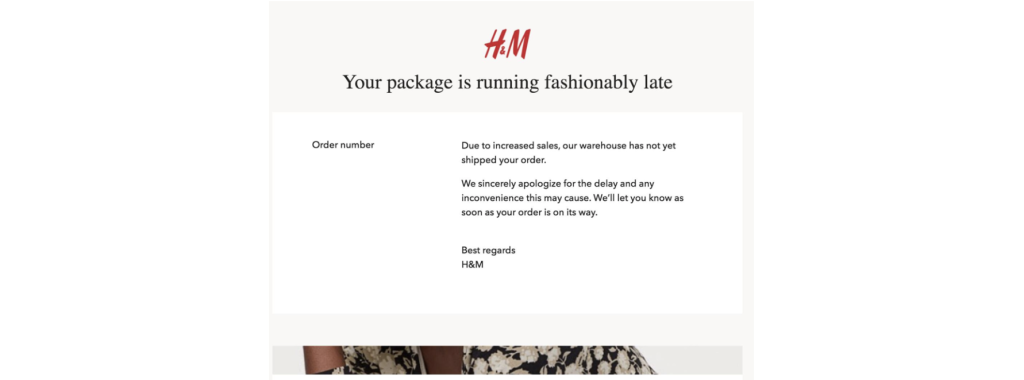
Is Your Brand Reading the Room? A Guide to Brand Messaging During Times of Change
Imagine you arrive at a party where you don’t know anyone. As you wander past groups of strangers, you take inventory of what people are wearing, how they’re interacting, and what topics they’re discussing. You read the room before you interject, instead of jumping in with an out of touch conversation starter. The same is true online. Now more than ever, brands and marketers need to listen to their audiences to create compelling brand messaging that resonates on a human level. Or else they risk coming off tone-deaf.
Brand messaging: the good, the bad, and the ugly
Remember the infamous Pepsi “Live for Now” commercial with Kendall Jenner? In case you missed it, the 2017 spot featured Jenner uniting a crowd of heavily-armed police and protesters waving signs to “join the conversation” around a… soda. For obvious reasons, the ad received backlash for trivializing protests against police brutality.
More recently, Norwegian Cruise Lines missed the mark with an untimely spot. The ad aired during CNN coverage about people stuck on the Grand Princess ship due to COVID-19. Despite the unfolding pandemic, the ad zoomed in on a couple enjoying a romantic cruise with the tagline, “Feel free to feel more.” Safe to say, few people were feeling free to travel at the time.
Luckily, for every advertising faux pas, there’s a glimmering example of what to do instead. Brands like Hotels.com are listening and taking action to join the conversation in a more authentic way. The travel company planned to run a series of commercials featuring their mascot Captain Obvious on a plane, squished between passengers sharing a bag of snacks. After the pandemic hit, they replaced the ad with a more timely and thoughtful one. In the revised spot, Captain Obvious snacks alone with a bottle of hand sanitizer and the tagline, “He’s going to be social distancing for a while. And you should too.”
The truth is, brands that listen and adapt to consumer behavior now will build trust, earn loyalty, and emerge stronger in the long run. After all, people buy from people—not tone-deaf corporations.
How can brands tap into the human experience?
Communication experts define communication as “the organizing element of human life” and the basis of society. In other words, it’s what makes us human.
But despite having umpteen communication channels at our fingertips today, brands are failing to listen and engage on a human level. Again and again, we see advertising campaigns used to broadcast a message. These ads speak at the audience, which is the advertising equivalent of yelling through a megaphone to whoever will listen.
To this end, traditional advertising is becoming less effective. According to a report by Edelman, nearly 7 in 10 people use at least one advertising avoidance strategy. A double-digit uptick since 2018.
So, what can companies do to build meaningful relationships? Ultimately, they need to create a “culture of listening” that prioritizes an open dialogue with customers. To re-engage people whose voices have been unheard or ignored, brands need to couple data with conversations and ask customers, “What do you need—and how can we help right now?”
As revealed by multiple studies, people want to align with brands that ask questions, show vulnerability, and advocate for change. According to Edelman, doing so earns trust. And trust is more critical today than ever before, according to 70% of people surveyed.
Your audience wants to feel heard
The point of listening is not only to pay attention to the words spoken. Brands also need to make the other party feel heard. With time and consistency, this builds trust and loyalty.
In his book The 7 Habits of Highly Effective People, Steven Covey explains our desire to speak as our desire to be understood:
“If you’re like most people, you probably seek first to be understood. You want to get your point across. And in doing so, you may ignore the other person completely, pretend that you’re listening, selectively hear only certain parts of the conversation, or attentively focus on only the words being said, but miss the meaning entirely.”
For brands and marketers, this means giving the customer the mic. And conducting customer interviews is one of the best ways to do this—as proven by Moz, who saw a 52% uplift in homepage conversions after conducting live interviews.
In the end, your best brand messaging and marketing content comes directly from what your customers say. With active listening, you can develop empathy and mirror back what you hear. Only then can you truly connect with your customer and make a meaningful contribution to the conversation.
From insight to implementation
But is empathy alone enough? According to data, no. In the face of a global pandemic, 61% of people respect brands that invest money to keep them informed and help others. And many brands are stepping up to the challenge.
Anyone who went online to buy a roll from toilet paper subscription startup Who Gives a Crap at the start of COVID-19 saw a tastefully humorous message: “We’re completely wiped out. These past few weeks have been crazy (for everyone!), but we’re working our bums off to get toilet paper ready as soon as possible.”

The brand uses clever messaging to shed light on a difficult situation and say, “Hey, we’re in this together.” But that’s not all. The quirky do-good toilet paper brand has seen a 1,000% increase in sales since the crisis started, and has donated $5.85 million of those profits to sanitation charities.
Likewise, H&M addressed customer concerns head-on with a dash of humor. If you placed an online order during the pandemic, you likely received an email that “your package is running fashionably late.” This type of business communication makes customers feel considered and informed. On the other hand, carrying on with pre-pandemic brand messaging can leave customers feeling unconsidered.

For other brands, humor and crisis don’t mesh well. Luxury goods group LVMH expressed solidarity by transforming its luxury perfume production lines into ones for sanitizer, surgical masks, and respiratory equipment. Similarly, Dyson and GM are manufacturing ventilators. And countless other companies have joined the effort in making and donating essential supplies.
If you’re unsure how to approach your brand messaging—especially during a crisis—listen to your audience and emulate their emotions. Read the room and participate in a way that conveys consideration, understanding, and empathy. People will remember how your brand made them feel.
Why brand messaging matters
In its purest form, communication is the exchange of words. Yet words have the power to evoke powerful emotions, both good and bad. And emotions influence how (and what) people buy. Research shows that people’s emotional response to an ad has a more significant impact on intent to buy than the content itself.
Every aspect of business communication shapes how customers perceive your brand. For decades, consistency has been the tool to build brand recognition. But with unprecedented change, there’s a new need for flexibility and adaptability in marketing.
The bottom line? Foster a culture of listening and empathy at every touchpoint so your brand messaging can be the Who Gives a Crap of 2020, not the PepsiCo of 2017.
Recent Posts
Custom Website Design and Development vs. Off-the-Shelf: What’s Right for Your Business?
Having a website that represents your brand and serves your business effectively can make or break your success in 2025. This poses the important question: Should you opt for custom […]
Read MoreHow to Rebrand Your Instagram for Better Engagement and Brand Recognition
Your Instagram presence can act as a beacon for brand recognition and customer engagement. It’s about painting a picture so compelling that your audience cannot help but be drawn to […]
Read MoreFrom Clicks to Conversions: The Science of High-Performing Digital Ads
The journey from interest to purchase is often paved with digital advertisements. However, not all digital ads are crafted equally. While some fade into the background, others command attention and […]
Read MoreBrand Consistency Examples That Will Make You Rethink Your Marketing Strategy
A consistent and strategic brand identity across all platforms is not just beneficial; it’s essential. By exploring real-world brand consistency examples, we uncover the immense power of maintaining a coherent […]
Read More3 Ways to Transform Blogs With SEO and Make Google Love Your Content
As marketers and business owners, our goal is to ensure the blogs we publish confidently stride into the spotlight of Google’s top search results. Achieving this requires great content, but […]
Read More



